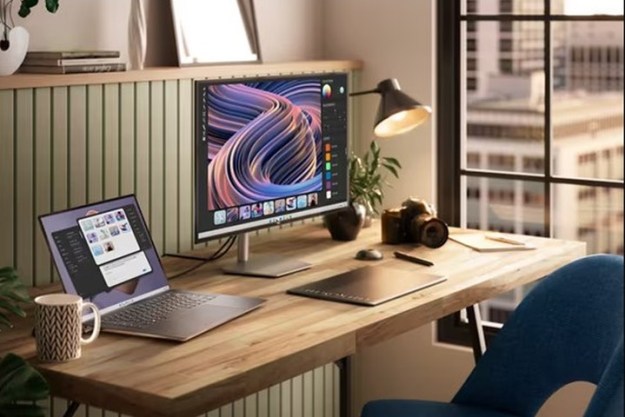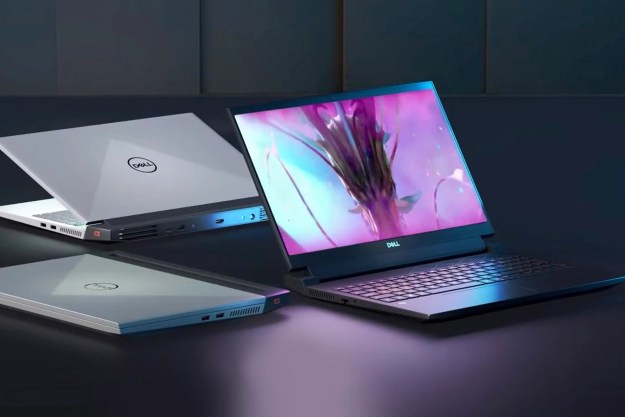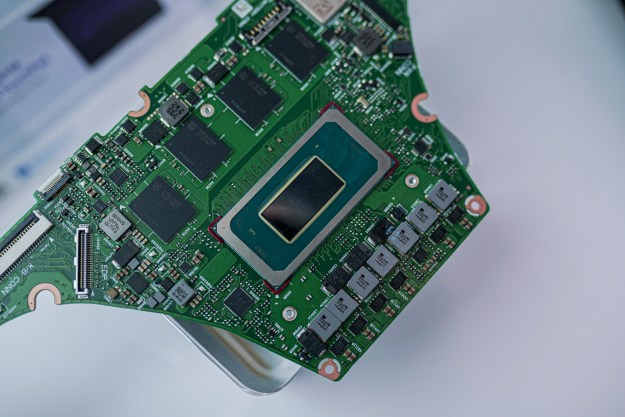Once upon a time PCs were terrible gaming platforms. *gasp* Why, you ask? Well, beside the obvious lack of horsepower or gaming-centric graphics accelerators, the CPUs were simply not capable of processing in hardware the necessary floating-point math required for today’s games. Starting with the 80386, consumer desktop PCs were the first to benefit from a symbiotic, pseudo dual-core technology that included a second processor for handling these math-intensive calculations. While this processor could not stand on its own or even allow the system to perform multi-threaded instructions, it did intercept floating point instructions and could decode them in hardware. And boy-oh-boy did video games get a boost. Eventually the x87 floating point co-processor went the way of the dodo when its function was integrated in the 486 processor, although stripped down versions of the CPU did not include the FP unit. Anyone who owned an Intel processor with the SX designation knows it was the Celeron of the day. Now it’s all about the multi-threaded, multi-core architecture. Both Intel and AMD have made tremendous efforts in delivering unheard of performance on the desktop by incorporating multiple CPUs into a single processor package at a very affordable price point. This really opens up the possibilities to software designers both in and out of the gaming realm to expand physics calculations, artificial intelligence, and keep games running smoothly without hitches or lag. Of course, you need to make sure your system is running lean and mean with no extra software chugging your system down and wasting the time of the second processor. But let me tell you why the multinational Tier 1s benefit from dual-core processing technology more than their customers. It’s quite simple. They load down their systems with extraneous software that you do not need and only chew up clock cycles. Microsoft has dubbed this bloatware “craplets,” and they’re worried it’s going to ruin Vista’s reception by the public. These craplets of course are revenue streams for the Tier 1s. In fact, with the razor thin margins in this industry, the kickbacks they get may mean the only margin they get! So who’s the real customer at this point? Back to my point… Bloatware and craplets bog down system performance and make your system less responsive. Dual core technology makes this less obtrusive to the end user as a second processing core can be occupied with the all the pop-ups, advertisements, and “free” offers while you are able to get your work done on the other. And the faster PCs get, the more bloatware they can install. You didn’t buy a bloatware co-processor, you bought a dual-core processor that is supposed to speed up video encoding, digital imaging, and make for a smoother gaming experience. Right? Not according to those other guys. Who do you think loads the most “bloatware” on their PCs? I would love to hear about it. Chris Morley is the Director of Product Development for Velocity Micro



